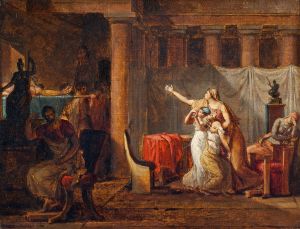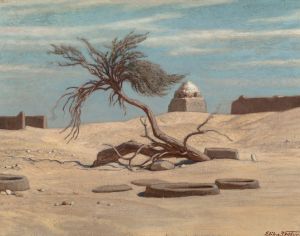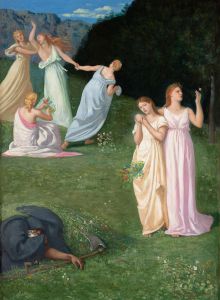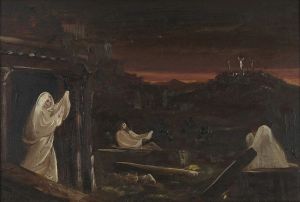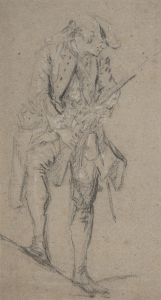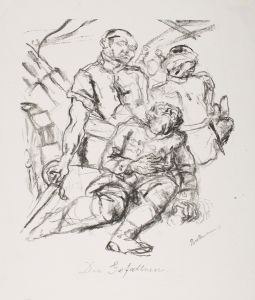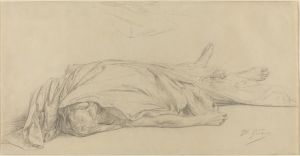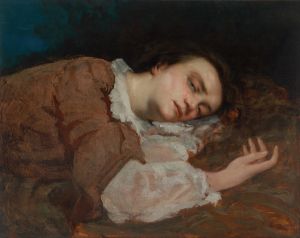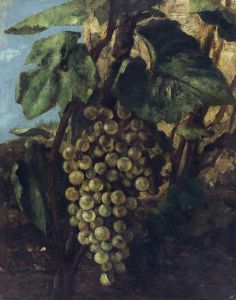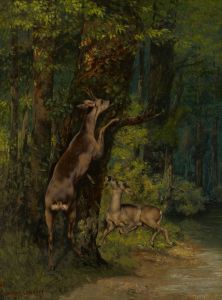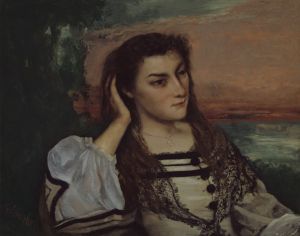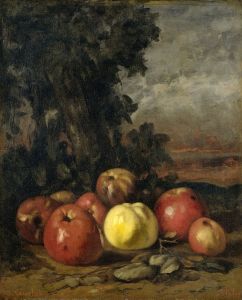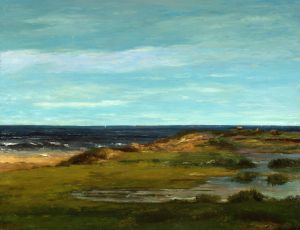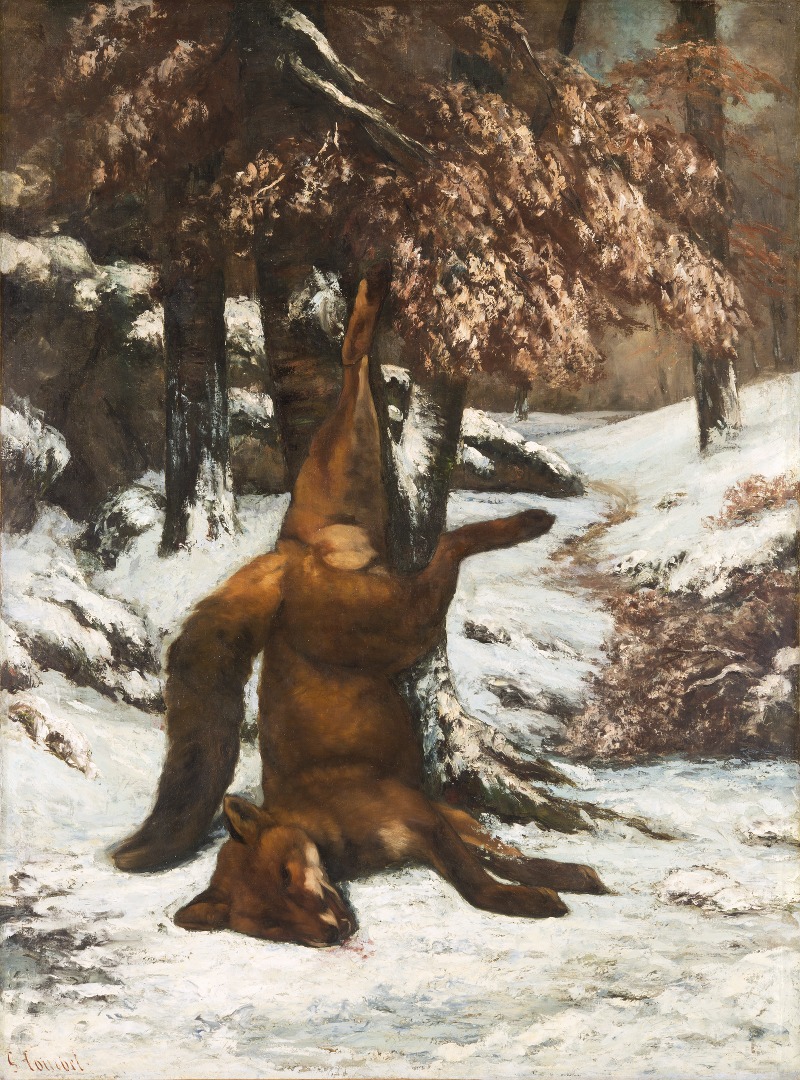
The Dead Fox
A hand-painted replica of Gustave Courbet’s masterpiece The Dead Fox, meticulously crafted by professional artists to capture the true essence of the original. Each piece is created with museum-quality canvas and rare mineral pigments, carefully painted by experienced artists with delicate brushstrokes and rich, layered colors to perfectly recreate the texture of the original artwork. Unlike machine-printed reproductions, this hand-painted version brings the painting to life, infused with the artist’s emotions and skill in every stroke. Whether for personal collection or home decoration, it instantly elevates the artistic atmosphere of any space.
Gustave Courbet, a prominent French painter known for leading the Realism movement in 19th-century art, created "The Dead Fox" around 1860. This painting exemplifies Courbet's commitment to depicting subjects from everyday life with unembellished accuracy, a hallmark of the Realist style. Courbet's approach was a departure from the Romanticism that preceded him, which often idealized its subjects.
"The Dead Fox" is a still life that captures a moment of stark reality, focusing on the lifeless body of a fox. The painting is notable for its detailed and unflinching portrayal of the animal, emphasizing the textures of its fur and the natural setting in which it is placed. Courbet's use of earthy tones and his attention to detail reflect his dedication to realism and his desire to portray the natural world as it is, without romanticizing or altering its appearance.
Courbet's choice of subject matter in "The Dead Fox" aligns with his broader artistic philosophy, which sought to challenge the conventions of the art world at the time. By choosing to paint a dead animal, Courbet was making a statement about the beauty and significance of all aspects of nature, not just those traditionally deemed worthy of artistic representation. This choice also reflects the influence of the rural landscapes and wildlife of his native Ornans, a small town in eastern France, which frequently inspired his work.
The painting can be seen as part of Courbet's broader exploration of themes related to life and death, nature, and the human condition. His work often provoked controversy and debate, as it pushed against the boundaries of what was considered acceptable in art. Courbet's insistence on portraying real-life subjects, including those that were considered mundane or unpleasant, was a radical departure from the idealized subjects favored by many of his contemporaries.
"The Dead Fox" is also significant in the context of Courbet's career and the development of Realism as an art movement. By focusing on a subject that is both ordinary and poignant, Courbet invites viewers to consider the inherent value and beauty of the natural world, encouraging a deeper appreciation for the reality that surrounds us. This painting, like many of Courbet's works, challenges viewers to confront the often overlooked or ignored aspects of life, prompting a reconsideration of what is deemed worthy of artistic representation.
Today, "The Dead Fox" is recognized as an important example of Courbet's work and the Realist movement. It continues to be studied and appreciated for its technical skill, its bold subject matter, and its contribution to the evolution of modern art. Courbet's legacy as a pioneer of Realism endures, and his paintings remain influential in the ongoing dialogue about the role of art in society and the importance of representing the world truthfully.





